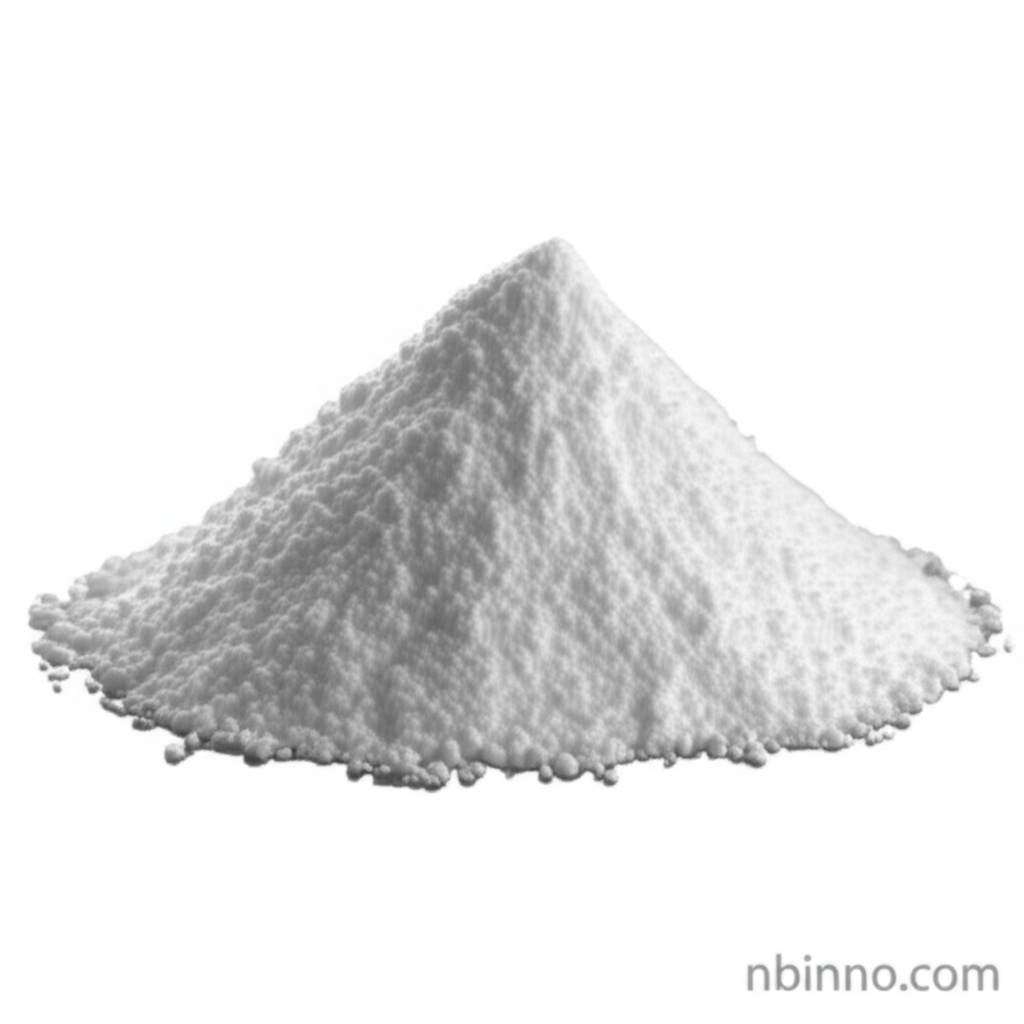Exploring Tetrahydroharmine: From Synthesis to Neuromodulation
Uncover the secrets of Tetrahydroharmine, a compound with profound implications for neuroscience and drug discovery.
Get a Quote & SamplePioneering Research into Tetrahydroharmine

Tetrahydroharmine
This article delves into the scientific exploration of Tetrahydroharmine (THH), a significant β-carboline alkaloid with potential endogenous synthesis pathways in mammals. It covers crucial aspects from its biochemical origins to its functional roles in the nervous system, highlighting advancements in understanding its metabolism, release, and interaction with key neural components.
- Investigating the Endogenous Synthesis: Learn about the discovery of APMAP and MPO enzymes and their role in the potential biosynthesis of harmine, a related compound, shedding light on how these molecules might naturally occur.
- Synaptic Uptake and Release Mechanisms: Discover the processes by which THH is taken up by and released from synaptosomes and neural cells, crucial for understanding its activity in the synaptic cleft.
- Modulation of Neurotransmitter Transporter Expression: Explore how THH can influence the expression of critical transporters like SERT, DAT1, and GAT1, suggesting a role in regulating neurotransmitter levels and synaptic transmission.
- Receptor Interactions and Neuromodulatory Effects: Understand the interaction of THH with receptors such as GPR85 and CLIC2, and its impact on neuronal membrane potential, indicating its potential as a neuromodulator.
Key Advantages and Insights
Understanding Endogenous Roles
The research into the endogenous synthesis of beta-carboline compounds like harmine provides a new perspective on naturally occurring neuroactive substances.
Therapeutic Potential
THH's influence on neurotransmitter transporters and receptors suggests potential therapeutic applications for neurological and psychiatric disorders, as it impacts synaptic plasticity.
Comprehensive Biochemical Analysis
Detailed studies on THH's metabolism and release pathways offer critical data for researchers in pharmacokinetics and drug development, crucial for understanding harmine neuromodulatory effects.
Key Applications and Research Areas
Neurotransmitter Research
Investigating the direct influence of THH on neurotransmitter systems, such as the modulation of neurotransmitter transporter regulation, is vital for understanding brain function.
Pharmaceutical Development
The insights gained from studying THH's receptor interactions, particularly with GPR85 receptor inhibition, can pave the way for novel drug targets.
Neuroscience Studies
Understanding the synaptic uptake of harmine and related compounds contributes to a broader knowledge of how the brain processes and regulates signaling molecules.
Biochemical Pathway Elucidation
The detailed analysis of the APMAP enzyme function in potential harmine biosynthesis opens new avenues for research in natural product chemistry and mammalian biochemistry.
